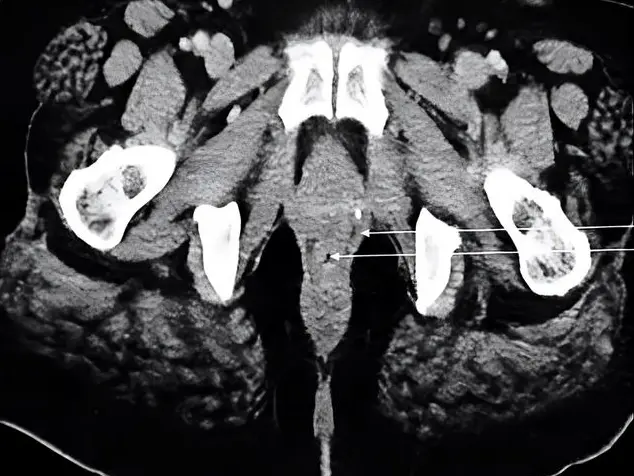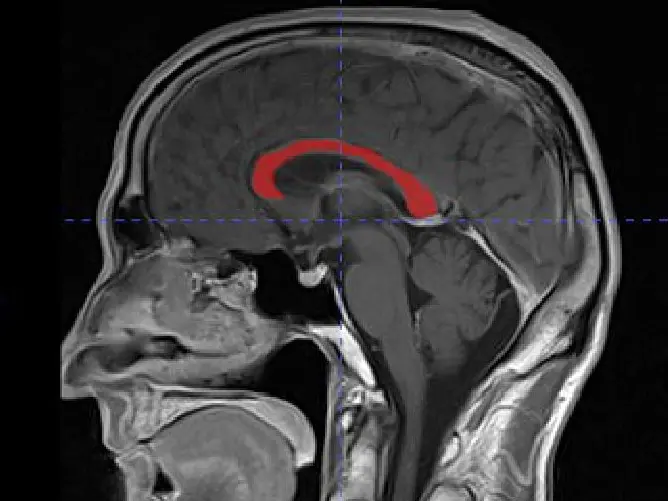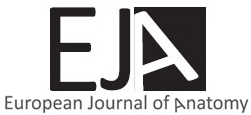The purpose of this study was to describe the effect of Mondia whitei on the histomorphometry of the albino rat testis. The objective of this study was to determine histomorphometric changes in the testicular parenchyma following oral administration of graded doses of Mondia whitei.
This was an experimental study in which 48 male rats of the species Rattus norvegicus were used. These rats were grouped into 4 cohorts. Control group, which was designated as group A, received distilled water via oral gavage daily. Group B received 300 mg/kg. Group C received 600 mg/kg. And Group D received 1200 mg/kg of Mondia whitei extracts daily for 28 days. At the end of the experimental period, body mass changes, histological changes, and volumes of the testis were obtained. Stereological techniques were used in the morphometric analysis of the volume densities and volumes of the parenchymal components of the testis. Statistical comparison of the differences between the groups was done using one way ANOVA followed by a Tukey post hoc test and a p – value of < 0.05 was considered statistically significant.
Administration of Mondia whitei led to hypocellularity of the seminiferous epithelium with loss of cells of the spermatogenic germ series and development of intercellular spaces; moreover, vacuolation of the Sertoli cells was also observed. There was a dose dependent decrease in the body mass of rats in the experimental groups (p < 0.001). This was coupled with a reduction in the volume densities of Leydig cell (LC) (p < 0.005), seminiferous epithelium (SE) (p < 0.001), seminiferous Lumen (SL) (p < 0.013) and interstitium (I) (p < 0.028). A reduction in the volumes of the SE, SL, LC, and I. Changes in the testes volumes were not statistically significant.
The observed histological changes in the seminiferous tubules and body mass draw the need for a cautious approach to the use of Mondia whitei extracts for medicinal purpose.
The hypocellularity of the seminiferous tubules may have been attributed to a reduction of the cells of the spermatogenic germ cell series with injury to the Sertoli cells, which play a pivotal role in maintaining the germ cells.



